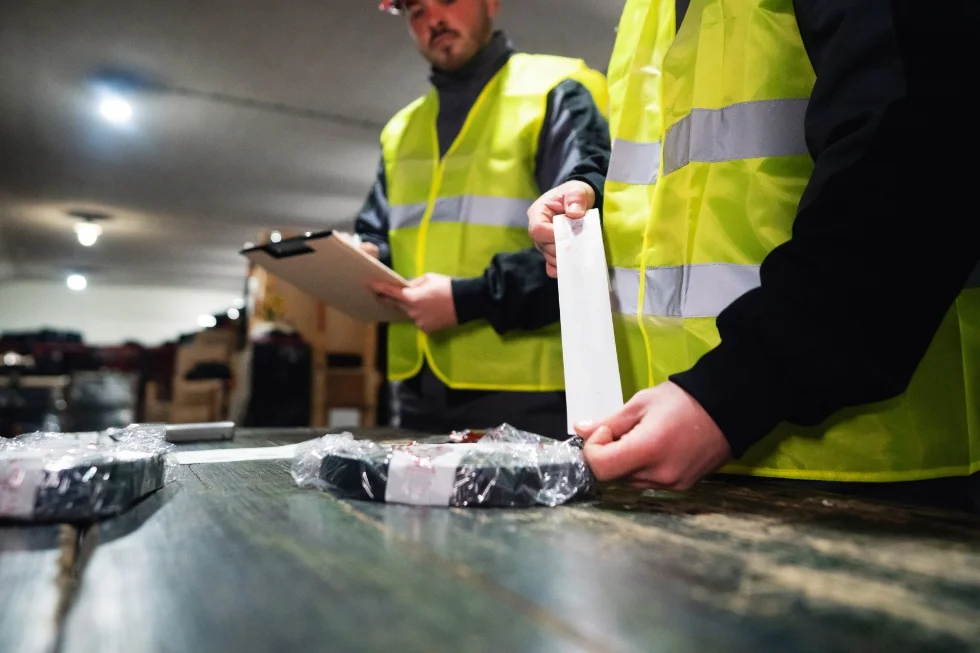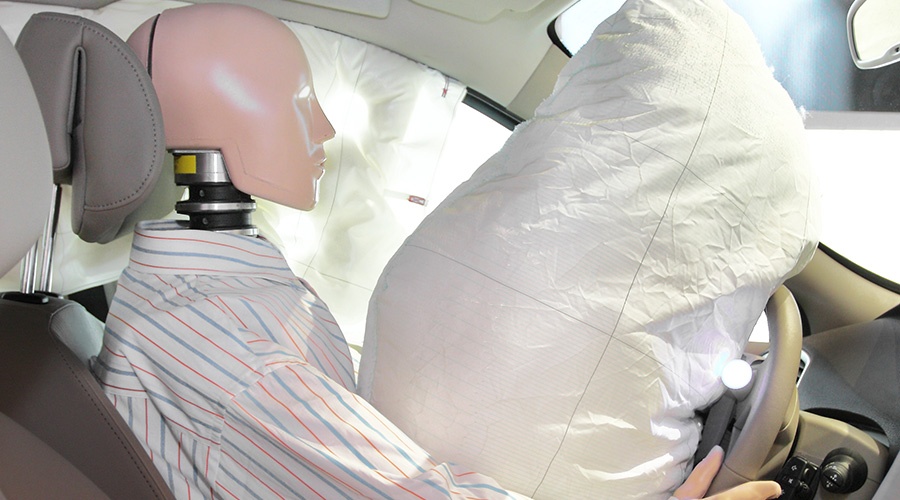When a product causes injury, many people instinctively want to hold the manufacturer or seller responsible. New York’s product liability laws exist to protect consumers from harm caused by defective products. But the truth is usually more complex than it appears. Sometimes, an injury isn’t the result of a defect at all but stems from how the product was used. This raises an important question: when does a product liability claim apply, and when might the fault lie with the user?
If you’ve been hurt and are unsure whether your injury was caused by a defective product or user error, understanding these distinctions can help clarify your rights. In many cases, consulting a New York product liability lawyer is the best first step to explore your options and build a strong case.
Understanding Product Defects and User Error in New York
What Is a Product Defect?
A product defect means there is a flaw that makes a product unsafe or unreasonably dangerous. New York law recognizes three main types of product defects:
- Design defects: Flaws in the product’s overall design that make it inherently unsafe, even if manufactured perfectly. For example, a lawnmower designed without an adequate blade guard can pose injury risks.
- Manufacturing defects: Production errors that cause a product to differ from its intended design. An example is a batch of tires with weak rubber that can burst unexpectedly.
- Marketing defects (failure to warn): A manufacturer may be held liable when they fail to provide proper warnings or instructions about the product’s risks or safe use. For instance, a medication without clear side effect warnings may be considered defective.
What Constitutes User Error?
User error, by contrast, happens when harm results from how the product was used, not because the product itself was defective. This includes cases where:
- The user fails to follow instructions or safety warnings
- The product is used for an unintended purpose
- Proper maintenance or care was neglected
For example, a person who falls while standing on the top rung of a ladder despite clear warnings may be responsible for their injury rather than the ladder’s manufacturer. Similarly, ignoring instructions to wear protective gear when operating machinery often shifts liability away from the product maker.
Understanding whether your injury was caused by a defect or user error is essential because product liability claims generally require proof that the product was defective and that the defect caused the injury.
More Real-World Scenarios: Product Defect vs. User Error
Let’s look at some practical examples to illustrate the difference:
- Obvious product defect: A consumer purchases a blender that unexpectedly catches fire due to faulty wiring. The fire causes burns and property damage. Here, the defect in manufacturing is clear — the blender did not meet reasonable safety standards.
- Clear user error: Someone gets cut while using a kitchen knife to cut through a frozen metal pipe, which is far beyond the knife’s intended use. Knives are supposed to be sharp, so here, the injury results from improper use rather than a product defect.
- Ambiguous case: A homeowner is injured when their smoke detector fails to sound during a fire. Investigation reveals the batteries were dead, but the device may also have a design flaw causing false negatives. Such cases require careful legal and technical examination to determine liability.
In situations where it’s difficult to pinpoint fault, having a skilled product liability attorney evaluate all evidence — including product history, expert testimony, and user behavior — becomes invaluable.
When Do You Have Grounds to File a Product Liability Claim in New York?
Product liability cases can be complex, but certain key conditions often strengthen your claim:
A clear defect exists
If you can prove the product had a design, manufacturing, or marketing defect that made it unsafe, your claim is more likely to succeed. For example, defective airbags that fail to deploy in a crash have been the basis of many successful lawsuits.
The product was used as intended
If you used the product as it was meant to be used and followed any instructions or warnings, but still suffered injury, the manufacturer may be liable.
You can show the defect caused your injury
Establishing a direct link between the defect and your injury is crucial. Medical records, expert opinions, and product testing can help make this connection.
If any of these apply to your situation, you must act promptly. New York law imposes strict deadlines (statutes of limitations) on when you can file a claim, so timely legal advice is essential.
Why Consulting a New York Product Liability Lawyer Matters
Determining fault in product injury cases often requires detailed investigation and legal expertise. A qualified attorney can help you:
- Collect and preserve evidence, such as the product itself, purchase receipts, and medical records.
- Identify and consult industry experts who can analyze whether a defect caused the injury.
- Navigate complex legal procedures and negotiate with insurance companies or manufacturers.
- Protect your rights and advocate for fair compensation, including medical expenses, lost wages, and pain and suffering.
At Keith D. Silverstein & Associates, we understand how confusing these cases can be. Whether the fault is obvious or uncertain, our experienced team works to thoroughly evaluate every detail so you get the best possible outcome. Call us or leave us a message.


